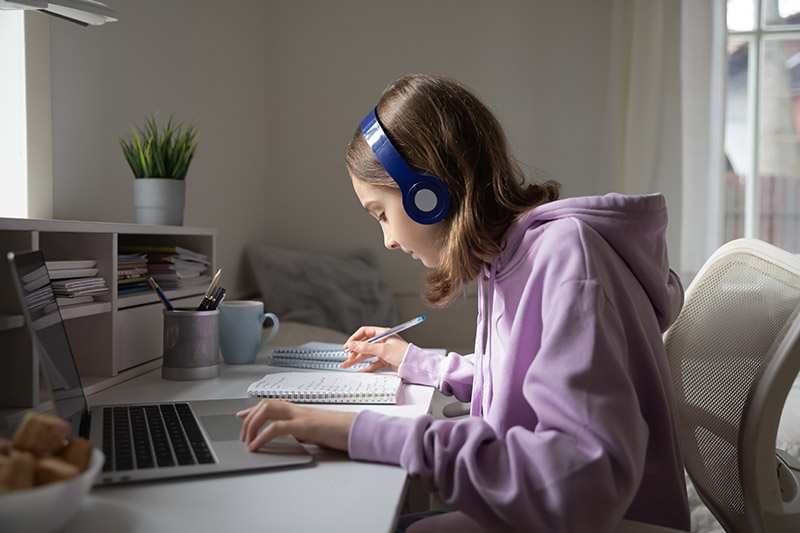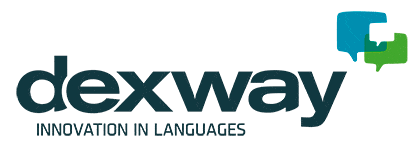Blended learning and the flipped classroom (for the learner) are the new learning models that are causing a stir in the educational world. This method of teaching and learning takes the focus away from the instructor and makes lessons student centered. It places the learning responsibility on the students and engages them to interact and succeed in the course. A portion of the traditional face-to-face instruction is replaced by web-based online learning. The result is a hybrid classroom model with both in-person class lessons and online resources (EJ-EDU).
There are several different blended learning models. They vary on time spent in face-to-face classrooms versus time spent on online classrooms. But the most effective model has students listening to lectures and completing course tasks online. Later on they meet with an instructor to discuss areas of weakness. This model is represented by a 30-to-70% ratio of online to face-to-face learning.

While this article focuses on the advantages of the flipped classroom for learners, this blended learning model can adress a variety of institutional, faculty, and student needs. For language schools and higher education institutions, blended courses can be part of a strategy to compensate for limited classroom space, as well as a way to think differently about encouraging staff and faculty members to collaborate. When it comes to faculty and staff, blended courses can be a method to incorporate new engagement opportunities into established courses or provide a middle ground between fully face-to-face and fully online instruction. For students, blended courses offer the conveniences of online learning combined with the social and instructor interactions that may not be available in a fully online class.
If an institution’s blended learning strategy can address the needs of the institution, faculty, and student simultaneously, then blended learning can become a powerful force for not just the learner, but for businesses as a whole.
So what is the benefit for the learner in the flipped classroom
There are 6 big benefits for learners inside the flipped Classroom method. In fact, the whole method was designed with the learner in mind; to provide a more flexible and reachable environment that fuels learning for everyone.
#1 Give students the time to reflect on material learned
With the flipped classroom model, students usually complete at least 30% of their learning online, away from the face-to-face classroom. Students have a chance to reflect on the material and complete their analysis without the pressure of a face-to-face classroom. This allows students to better retain information because it empowers them to think critically and truly absorb the contents. In this way, it becomes easier for teachers to identify what the student is struggling with and provide them with adequate practice materials.
#2 Enable instructors to help students who are struggling the most
Language courses are seldom easy or effortless, students have to really work at retaining the information, even in a flipped classroom. The difference is that in a flipped classroom model, teachers can provide students with individualized help for struggling students because they can focus class time on reviewing and explaining areas of weakness. Not every exercise is easy for every single student, but not every exercises is as hard either. Usually a teacher will find students all agree.
#3 Empower every student to participate and be visible
Anyone who has ever been a language teacher knows the never ending struggle to get students to engage and interact. Lack of confidence and comfortability with the language often stops learners from speaking out or joining in on class discussions. All students learn at different paces and levels and some find it difficult to learn in one class sitting; they require a bit more critical thinking and reflection time in order to provide their opinions of the material. As a result, they fail to interact in the class being afraid they might not have understood the material well.
The flipped classroom model flips this problem 180 degrees. The flipped classroom makes sure students are able to comfortably examine course materials before coming to class, allowing them to feel more confident in putting themselves out there and interacting with their classmates during face-to-face lessons.
#4 Allows students to learn at their own pace
A big challenge for language school and learners inside a language classroom is the variations of skill levels among students. Even students at the same CEFR levels can vary in skill and knowlegde: someone could be a high level of B2 and another can be at a low B2 level. The flipped classroom is a way to leverage the differences in their skillsets and provide an adequate learning environment. Students learn comfortably at their own pace from the comfort of their own physical environment before entering a classroom with other students. This engages their learning retention and promotes classroom interaction.
#5 Enables instructors to provide feedback anytime from anywhere
As any language learner knows, teacher feedback is vital for a successful development of any language. Constructive feedback allows students to know if they are on the right track or if they need reinforcement. The flipped classroom enables teachers to provide feedback to their students via online at anytime and from anywhere. Students are never out of the loop when it comes to their language progress.
#6 Students have more productive interactions with their instructors
The flipped classroom model ensures that class time is not wasted on explaining materials that students already know, nor on providing translations or complicated grammar definitions. Its not even wasted on trying to coordinate between different students with different skillsets. Instead, it guarantees that students and teachers are prepared for their face-to-face lessons and providing with a more productive interaction.
Dexway Language Innovation is a leading pioneer in the science of the flipped classroom and blended learning – offering a complete and fully-integrated solution for the flipped classroom. It is equipped with user-friendly and comprehensive functionalities such as SCORM course content, all-inclusive LMS platform, and integrated and built-in virtual classroom. Dexway’s language tools and resources have made it easy to millions of institutions, teachers, and students migrate over to the new blended learning and flipped classroom learning model.
You may also like:

